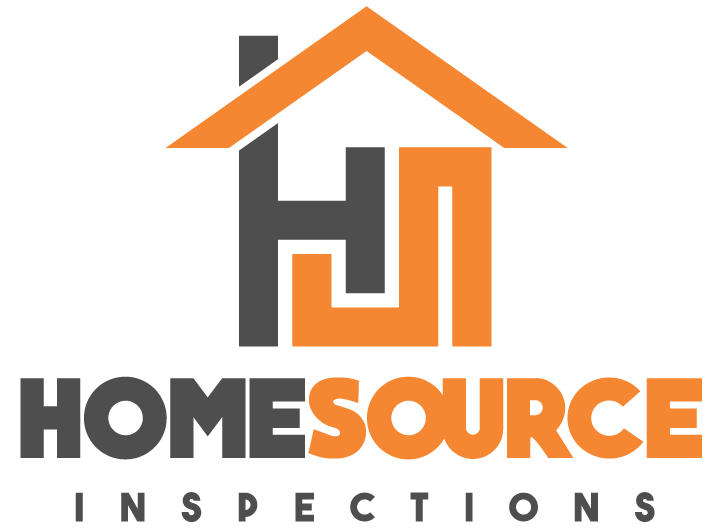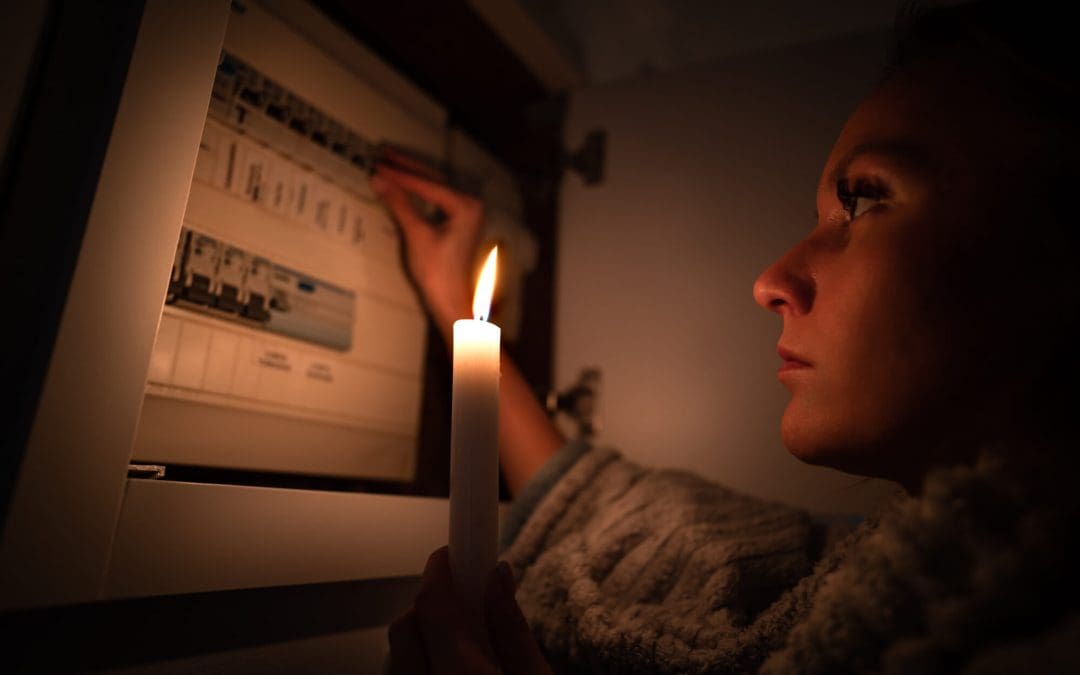Power outages can occur unexpectedly, leaving homeowners without electricity for hours or even days. Being prepared can significantly affect how you and your family cope with the situation. Here’s a comprehensive guide to help you prepare for a power outage.
Assessing Your Home’s Power Needs to Prepare for a Power Outage
Understanding your home’s power needs is the first step in preparing for a power outage. Identify critical appliances and systems you rely on daily, such as refrigerators, heating and cooling systems, and medical equipment. Knowing which items are essential will help you prioritize and manage your resources effectively during an outage.
Building an Emergency Kit
An emergency kit is a vital component of power outage preparedness. Your kit should include:
- Flashlights and extra batteries to provide light and prevent accidents in the dark.
- A battery-powered or hand-crank radio to stay informed about weather updates and emergency information.
- Non-perishable food and bottled water to last at least three days for each family member.
- A first-aid kit to handle minor injuries.
- Necessary medications and a list of prescriptions.
Prepare for a Power Outage with Backup Power Solutions
Investing in backup power solutions can provide peace of mind and convenience during an outage. Portable generators and uninterruptible power supplies (UPS) can keep essential appliances and devices running. When using a generator, ensure it is properly installed and operated outside to prevent carbon monoxide poisoning.
Protecting Your Electronics
Power surges often accompany outages, posing a risk to your electronics. Use surge protectors to safeguard your devices from damage. Unplug non-essential electronics to prevent any potential harm when power is restored.
Heating and Cooling Considerations
Power outages can lead to uncomfortable indoor temperatures, especially during extreme weather conditions. In winter, keep extra blankets and warm clothing on hand. Plan to stay cool during hot weather by closing blinds to block out the sun and using battery-operated fans. Knowing the locations of nearby cooling or warming centers can also be helpful.
Water and Sanitation
If your home relies on an electric pump for water, ensure you have an adequate supply of bottled water for drinking, cooking, and sanitation. Additionally, fill your bathtub and other large containers with water for flushing toilets and cleaning. Having disposable plates and utensils can help minimize water usage for dishwashing.
Prepare for a Power Outage with a Communication Plan
Staying connected with family members and emergency services is crucial during a power outage. Develop a communication plan that includes:
- Charging all cell phones and keeping portable chargers fully charged.
- Establishing a contact person outside your immediate area who can relay information between family members if local communication is disrupted.
- Using text messages or social media to communicate may work when voice calls do not.
Food Safety
A power outage can jeopardize the safety of your food. Keep refrigerator and freezer doors closed as much as possible to maintain the cold temperature. A full freezer can keep food frozen for about 48 hours, while a half-full freezer will last about 24 hours. Use a food thermometer to check the temperature of perishable items and discard anything above 40°F for more than two hours.
Staying Informed
Staying informed during a power outage is essential for your safety and well-being. Monitor local news and weather updates through a battery-powered radio or mobile apps. Follow instructions from local authorities and be aware of any evacuation orders or shelter locations.
Long-Term Preparedness
Consider long-term strategies for power outage preparedness. Installing a whole-house generator, solar panels with battery storage, or other renewable energy sources can provide a more reliable and sustainable power solution. Regularly review and update your emergency plans and supplies to ensure they remain effective and relevant.
Preparing for a power outage requires thoughtful planning and proactive measures. You can ensure your family’s safety and comfort during an outage by understanding your home’s power needs, building an emergency kit, investing in backup power solutions, and developing a communication plan. Stay informed and consider long-term preparedness strategies to be thoroughly equipped for any future power disruptions.
FAQs on How to Prepare for a Power Outage
What type of generator should I buy for my home?
The type of generator you should buy depends on your power needs. Portable generators are suitable for running a few critical appliances, while standby generators can power an entire home. Ensure the generator has enough wattage to handle your essential devices and follow all safety guidelines for installation and use.
How can I maintain sanitation without running water?
Bottled water should be used for drinking and personal hygiene to maintain sanitation. Store water in large containers for flushing toilets. Keep moist towelettes, hand sanitizer, and disposable plates and utensils to minimize water use for cleaning.
What steps can I take to help my community during a power outage?
To help your community, check on neighbors, especially the elderly or those with medical conditions. If possible, share resources like water and food. Stay informed about community support services and volunteer with local emergency response teams.
How often should I review and update my power outage preparedness plan?
Review and update your power outage preparedness plan at least once a year. Check that all emergency supplies are in good condition, replace expired items, and ensure that all family members are familiar with the plan and any new updates or changes.
HomeSource Inspections offers inspection services to homebuyers and sellers in Northern Indiana and Southwest Michigan. Contact us to schedule an appointment.

